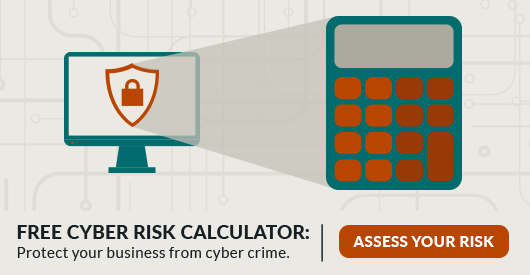 Large or small, all businesses are a target for cyber-attacks. Whether it’s a fraudulent email being sent from someone disguised as the COO, or an intercepted wire transfer - businesses must continue to be diligent in preventing these situations from occurring within their four walls.
Large or small, all businesses are a target for cyber-attacks. Whether it’s a fraudulent email being sent from someone disguised as the COO, or an intercepted wire transfer - businesses must continue to be diligent in preventing these situations from occurring within their four walls.
With the help of experienced professionals, we’ve developed a list of tips to help your organization avoid fraud activity (such as forged checks or stolen cards) and business email compromise.
Payments & Checks
- Convert all paper based payments to electronic. Checks contain a company’s entire banking identity, so the more they can be avoided, the better.
- Keep checks in a locked drawer that only specific employees have access to.
- If using signature stamps, keep these in a locked drawer as well - but separate from any checks.
- Monitor check orders and limit those who handle the checks.
- Review and update the signature cards at your bank annually (at a minimum).
- Never pre-sign checks – under any circumstance.
- Implement ACH filters and Positive Pay.
- Use dual authorization for ACH and wire transactions.
- Review transactions before they’re sent to the bank.
IT Systems
- Work with your IT department or vendor to ensure safeguards are in place.
- Flag all outside emails as “external.”
- Be aware of fraudulent emails (typos, poor grammar, inconsistencies in email addresses, etc.).
- Change passwords frequently and don’t have your internet browser “save passwords.”
Employee Processes
- Provide education to employees on fraud and fraud prevention.
- Have a social media policy in place to limit what is being used in the workplace and while connected to the company’s wi-fi network.
- Have a process in place for when employee involved with Accounting leave the organization.
- Alert your bank of employees who’ve left that had banking responsibilities.
- Change passwords that previous employees had access to.
For more information about having the right insurance in place to properly protect your business, contact a KnowledgeBroker at R&R Insurance or take the free cyber risk calculator below.
Sources:
Westbury Bank
Association for Financial Professionals
BVS Performance Solutions
JP Morgan Chase


